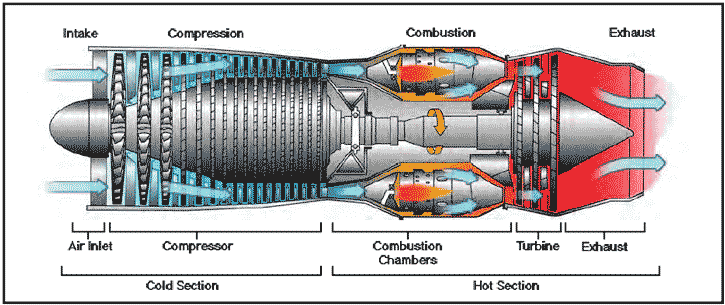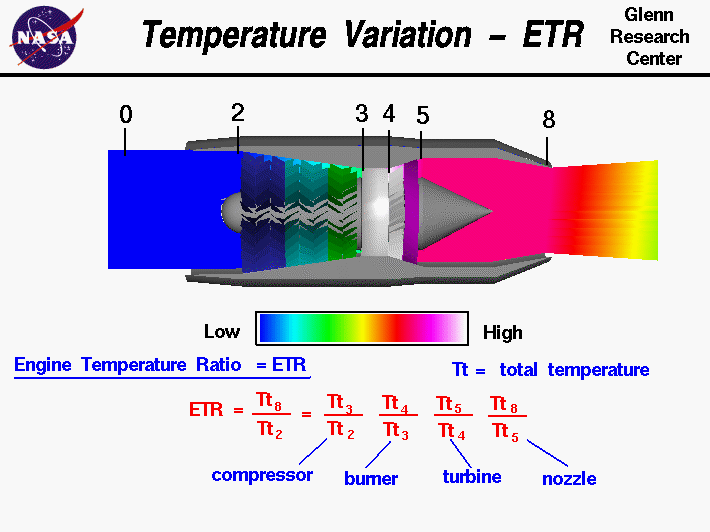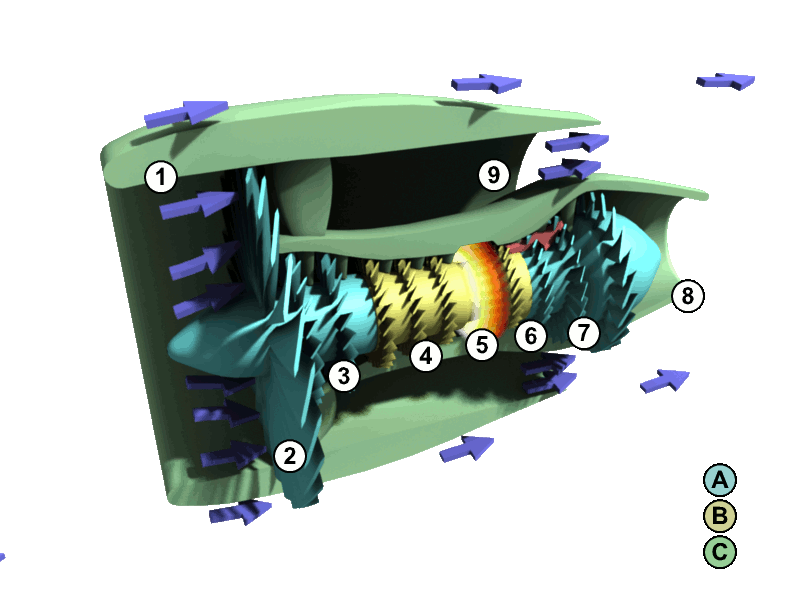· The basic theory of
turbine engine can be traced back to 150 B.C. in
Alexandria, Egypt. A man named Hero is said to have
invented a steam powered "Whirligig" toy that had no
real purpose but to look cool.
·Around 1500 Leonardo
Da Vinci sketched a device that could be placed inside
of a chimney stack and would circulate a spit for
roasting meat.
· In 1629 Giovanni
Branca designed a jet principal that can be traced to
the operation of primitive machinery.
·A drawing of an
invention called Newton's Carriage was later found and
while Newton helped in the design, it is said to be
originally designed by Willem Jako Gravesande.
·The first actual
patent design of a gas turbine engine is dated 1791 by
John Barber, which had all of the same essential working
parts as today's modern turbine engine.
·In the early 1900's
design production was in full swing in America.
Sanford A. Moss, a pioneer in the development of a
turbosupercharger that was used in WWI, was at first
unsuccessful due to his design needing more power in
than it could produce. It was enough however for Ross to
start General Electric Company's gas-turbine
project. Credit behind the idea of GE's
turbosupercharger belongs to French patents by Rateau.
·Frank
Whittle
is credited to have the first flying test aircraft in
1941which turned out to be successful with a “Gloster
E28/39.” (Kroes,
Wild,1995).
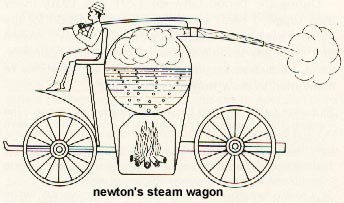
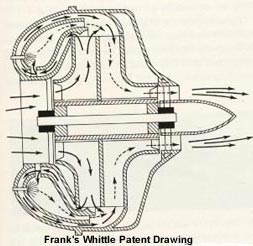
Image 3&4 courtesy of: http://www.thaitechnics.com/engine/engine_intro.html
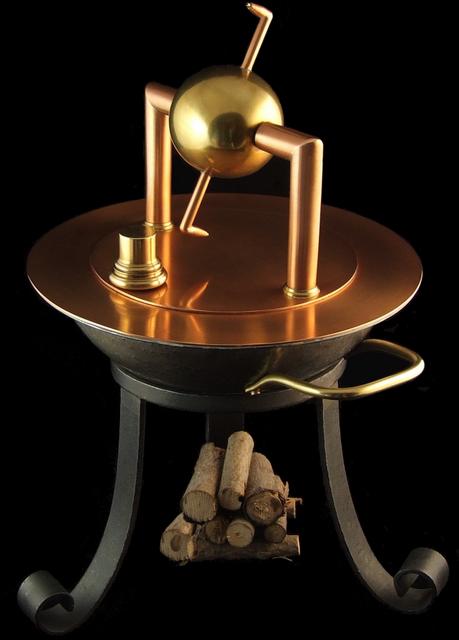
Image 2 courtesy of: http://modelengines.info/aeolipile/
(While there are a number of different turbine engines, I will focus mainly on the Turbofan type engines)
A working understanding in physics theory is important for this topic.
- Turbine engines are for the most part a long tube that transfers the movement of air into mechanical motion. By compressing air through the inlet of the turbine, adding fuel and letting the expansion of the fuel turn a "fan" that is linked to the intake fan, it produces thrust while supporting the continued cycle.
- In some modern environments
the cycles are described as SUCK, SQUEEZE, BANG,
BLOW.
- Some of the most important
material properties of turbine engines are weight,
density, temperature, pressure, and mass. I will
discuss these properties and how they apply to the
physics of turbine engines on airplanes.
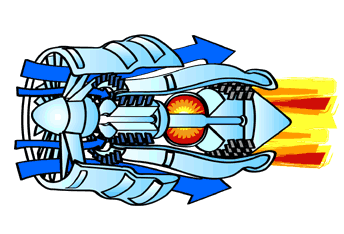
Image 5 Courtesy of : http://cs.stanford.edu/people/eroberts/courses/ww2/projects/jet-airplanes/how.html
